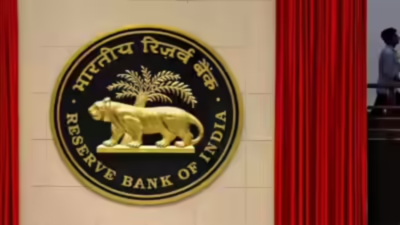Reimagining India’s GST landscape: A path towards uniformity and growth

By Saurabh Agarwal, Tax Partner, EY IndiaThe Prime Minister’s announcement on August 15, 2025, unveiling “next generation” GST reforms, signals a pivotal moment for India’s tax ecosystem. This transformative initiative, slated for introduction by Diwali, moves beyond mere adjustments to fundamentally redesign the GST framework. The goal is clear: to stimulate consumption, simplify compliance, and empower our citizens and businesses.This policy momentum arrives at a critical time, especially with global trade flows facing uncertainty from higher US tariffs. However, India’s foundation is stronger than ever, thanks to a series of strategic interventions. Schemes like the Production Linked Incentive (PLI), Gati Shakti, Bharatmala, and Sagarmala have bolstered our supply chains and infrastructure, enhancing our manufacturing competitiveness. The proposed GST reforms will build on this solid base.A central feature of the upcoming changes is the rationalization of the multi-tiered rate structure into three slabs: 5%, 18%, and 40%. The 5% slab, covering essential goods, food items, and priority sectors like solar energy, will ease the financial burden on households and boost consumption. This will also support policy-led growth in critical sectors. The 18% slab, applicable to non-essential goods including two-wheelers and small cars, addresses the inverted duty structure that has long-constrained cash flows. Correcting these anomalies will unlock working capital, enhance competitiveness, and provide a timely boost to our manufacturing sector, which is currently facing global pressures. The 40% slab will be reserved for sin goods like tobacco, aligning tax policy with broader social objectives while safeguarding revenue.For businesses, particularly MSMEs, a simplified rate structure will significantly reduce classification disputes and litigation, lowering compliance costs. The “Ease of Doing Business” agenda will be further advanced through prefilled returns and expanded automation. Another key reform is the allowance of blocked credits, a long-standing structural issue. Addressing this will bring GST closer to its foundational design as a seamless, cascading-free value-added tax, thereby improving liquidity across the value chain.While these reforms are highly welcome, they also demand a proactive approach from the business community. Given the potential for a “wait and watch” strategy from consumers due to rate change announcements, it is crucial for the government to implement these reforms swiftly to prevent any short-term demand slump. Businesses, in turn, must be prepared to adapt. Anti-profiteering provisions will require companies to transparently pass on the benefits of rate rationalization and enhanced credit flow to consumers. Furthermore, the shift to a mandatory Invoice Matching System (IMS) will necessitate timely system upgrades and greater reliance on automation. The focus must be on strengthening compliance processes now to ensure a seamless transition.Looking ahead, the long-term vision includes the potential inclusion of petroleum products and electricity within the GST framework. Even a phased approach, starting with natural gas or aviation turbine fuel (ATF), would significantly strengthen GST’s objective of creating a comprehensive, consumption-based tax system. Industry in the mid-term run would also look forward to a “GST 3.0” with an efficient litigation management system through arbitration, a single GST rate structure, and the formation of sectoral committees within the CBIC to address specific industry concerns. These upcoming reforms represent both a challenge and a great opportunity for India’s economic future.




